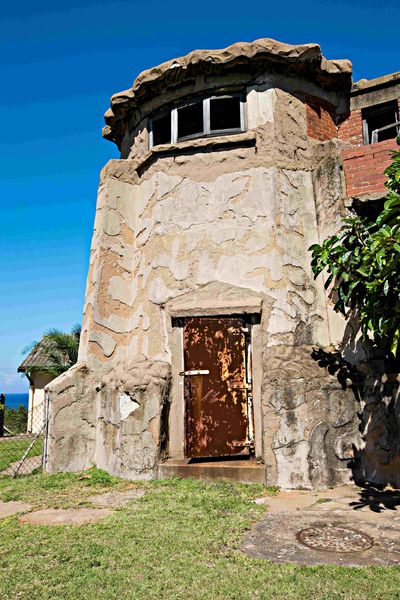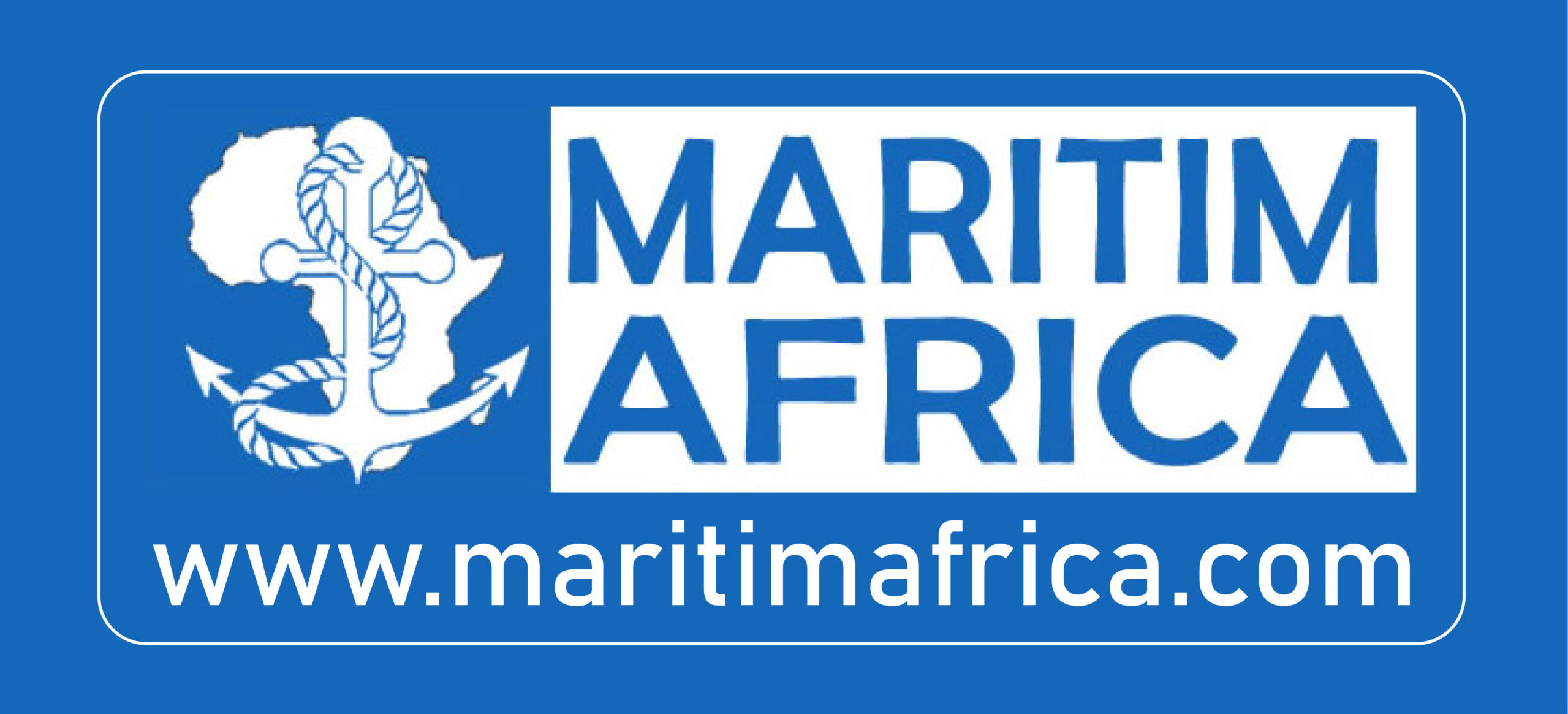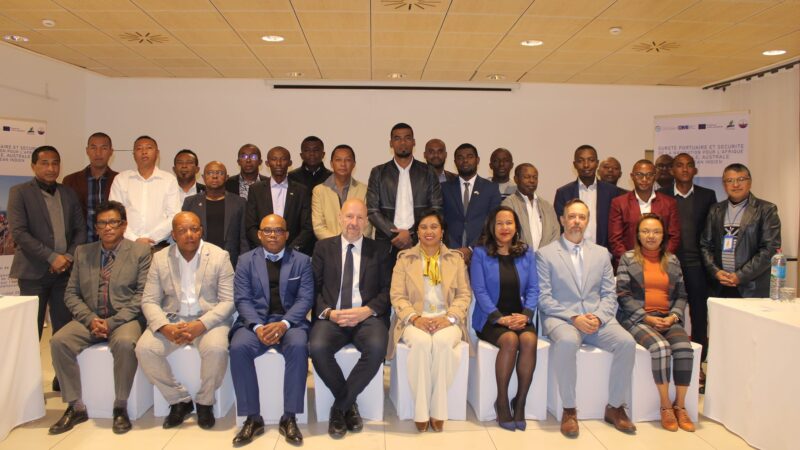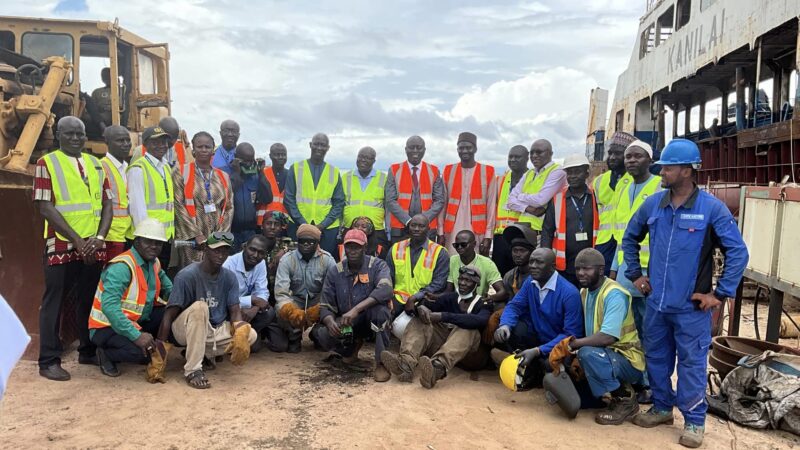SOUTH AFRICA : COOPER LIGHTHOUSE MARKS 70 YEARS OF SERVICE THIS MONTH

Cooper Lighthouse will celebrate 70 years of service on 31 July 2023. It is one of 44 operational lighthouses along the South African coast, and one of three lighthouses in KwaZulu-Natal (KZN) that will celebrate service anniversaries this month. Cooper Lighthouse was commissioned on 31 July 1953. It is situated near Brighton Beach in Durban. The 21-metre cylindrical concrete tower is painted red with a white band, and has a red lantern house. The rotating lens systems produces one flash every 10 seconds. It is connected to the mains supply and has a standby diesel generator set.
The lighthouse is fully automated and is not manned. Scheduled maintenance is carried out by teams from Transnet National Ports Authority (TNPA) in Durban. Cooper Lighthouse is one of the two lighthouses that were built to replace the Bluff Lighthouse – uMhlanga Rocks Lighthouse is the other. Bluff Lighthouse was in operation from 1867 until 1940. It was demolished in 1941 to make way for the placement of heavy artillery guns for World War II.
The lighthouse was built of cast-iron. It was encased in concrete in 1933 after a violent earth tremor. Cooper Lighthouse is one of three KZN lighthouses that celebrate service anniversaries during July:
- Cape Vidal Lighthouse near St Lucia was commissioned on 08 July 1985 and marked 38 years of service this year.
- North Sand Bluff Lighthouse was commissioned on 17 July 1968 and marked 55 years of service this year.

TNPA is mandated by the National Ports Act, 2005 (Act No. 12 of 2005) to provide, operate and maintain lighthouses and other marine Aids to Navigation (AtoNs) to assist the navigation of vessels within commercial port limits and along the coast of South Africa.

A marine AtoN is defined as: “A device, system or service, external to vessels, designed and operated to enhance safe and efficient navigation of individual vessels and/or vessel traffic.” Lighthouses, beacons, and buoys are the most common types of visual AtoNs. Virtual AtoNs are new technology that use digital signals to warn of dangers in specific locations, without the need for physical buoys or lighthouses. The digital signals are transmitted from Automatic Identification System (AIS) stations are received by AIS units onboard vessels. Large vessels – such as container ships and passenger ships – are required to carry AIS in terms of IMO regulations, but smaller vessels are not. Therefore, visual marine AtoNs cannot be done away with.
World Marine AtoN Day is observed annually on 01 July. It was established by the International Association of Marine Aids to Navigation and Lighthouse Authorities (IALA), to promote the role of marine AtoNs. IALA is the international body that sets the global standards, recommendations, and Page 2 of 2 guidelines for marine AtoNs. South Africa, represented by TNPA, is a founder member of IALA. All TNPA AtoNs conform to IALA’s standards.
TNPA



